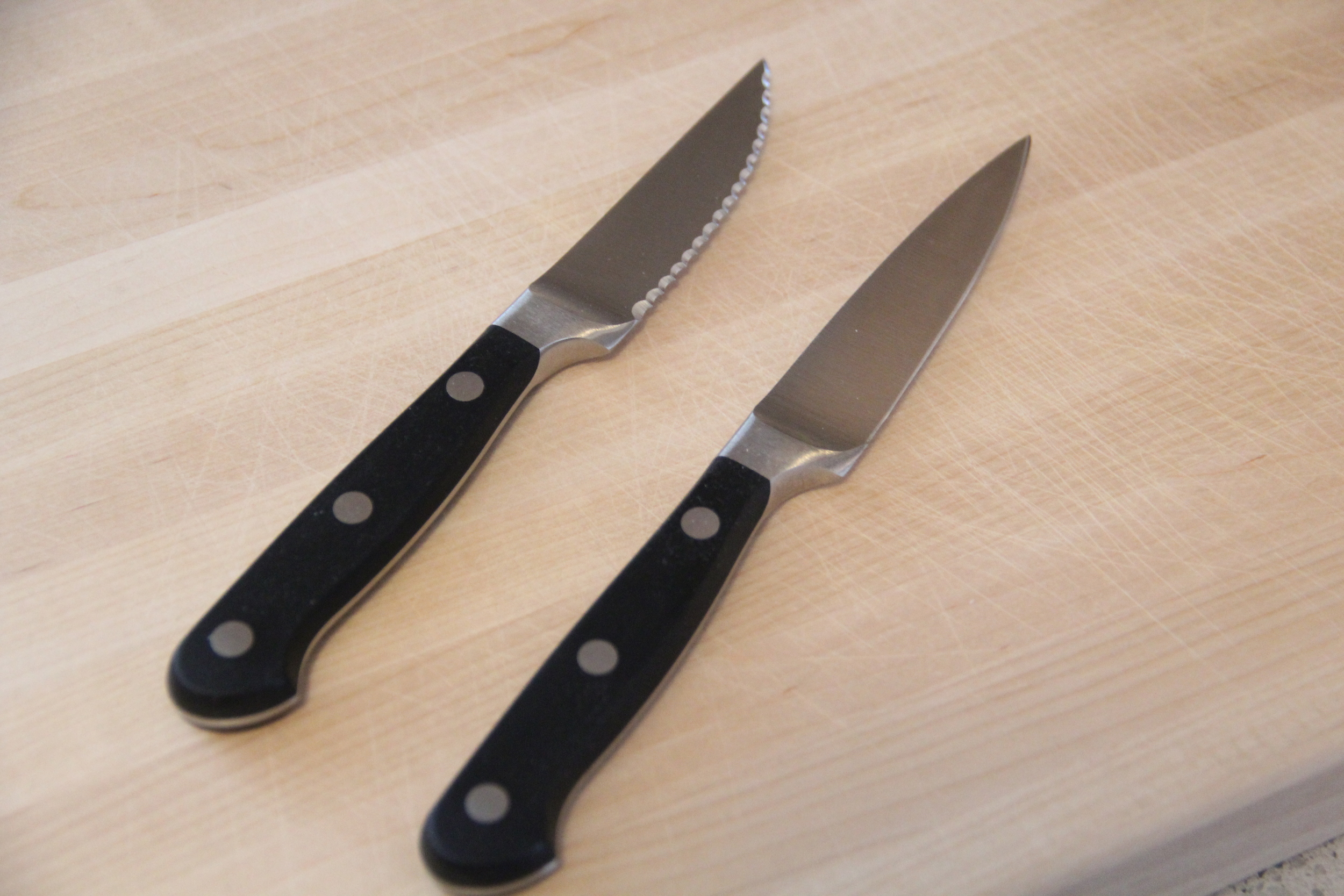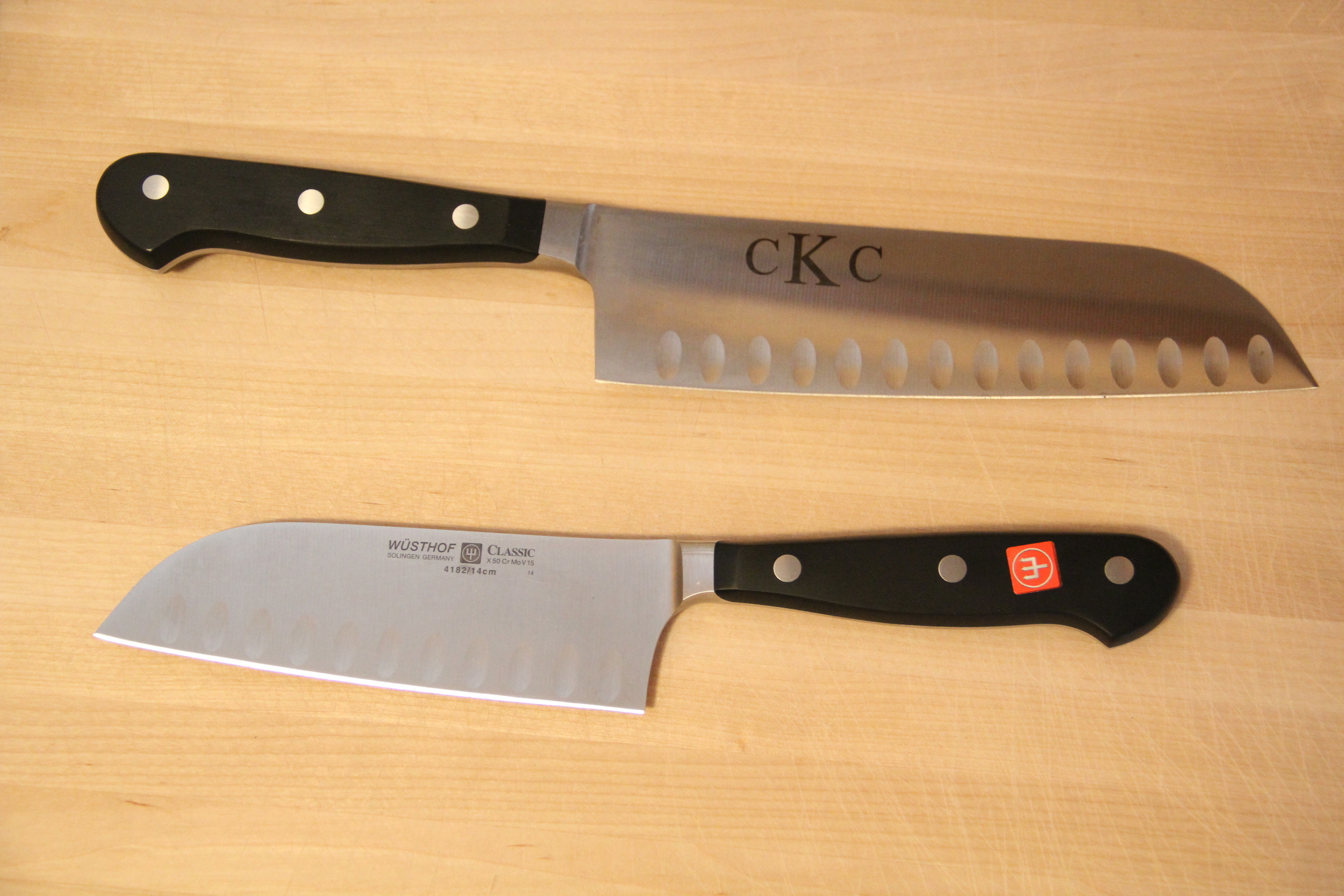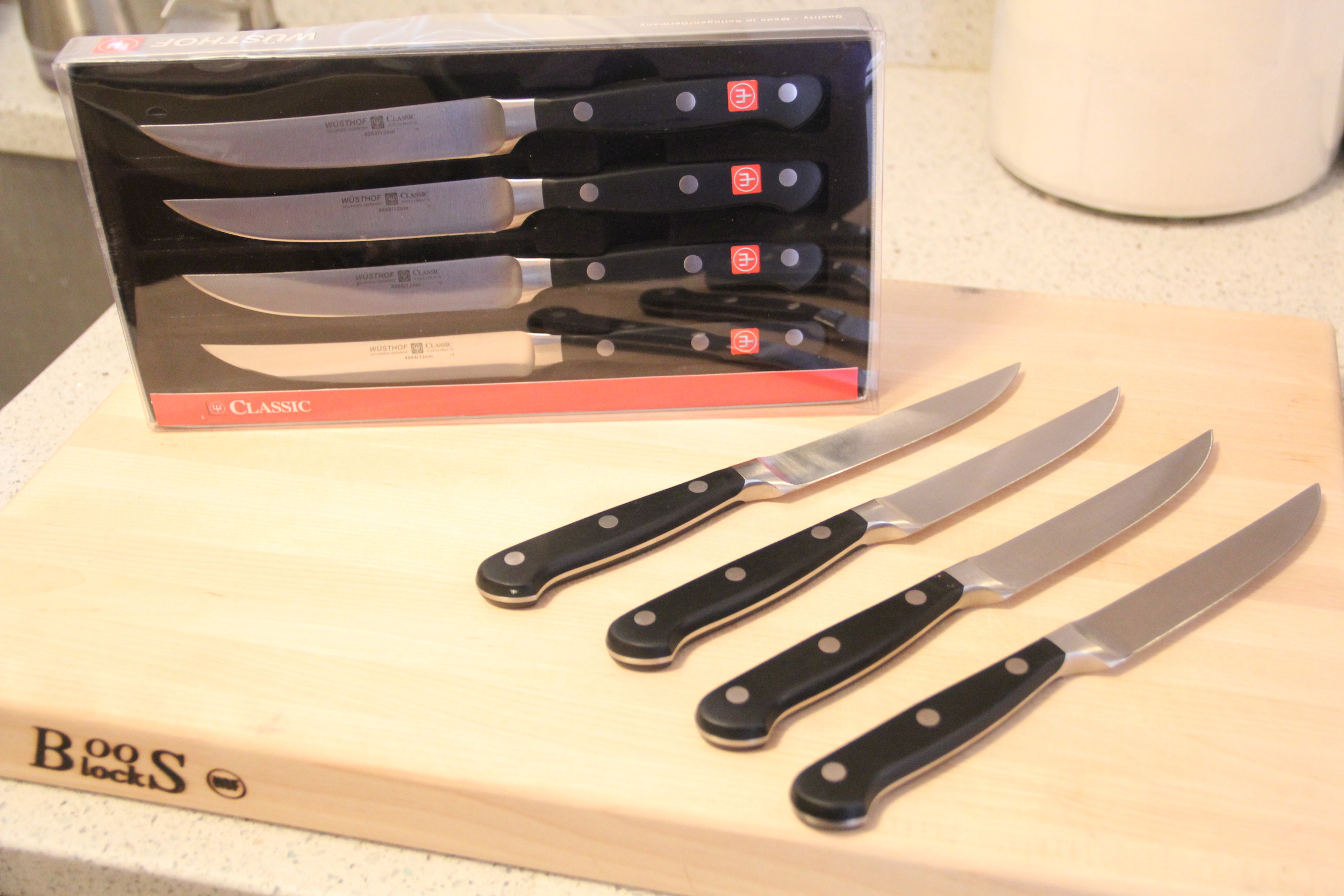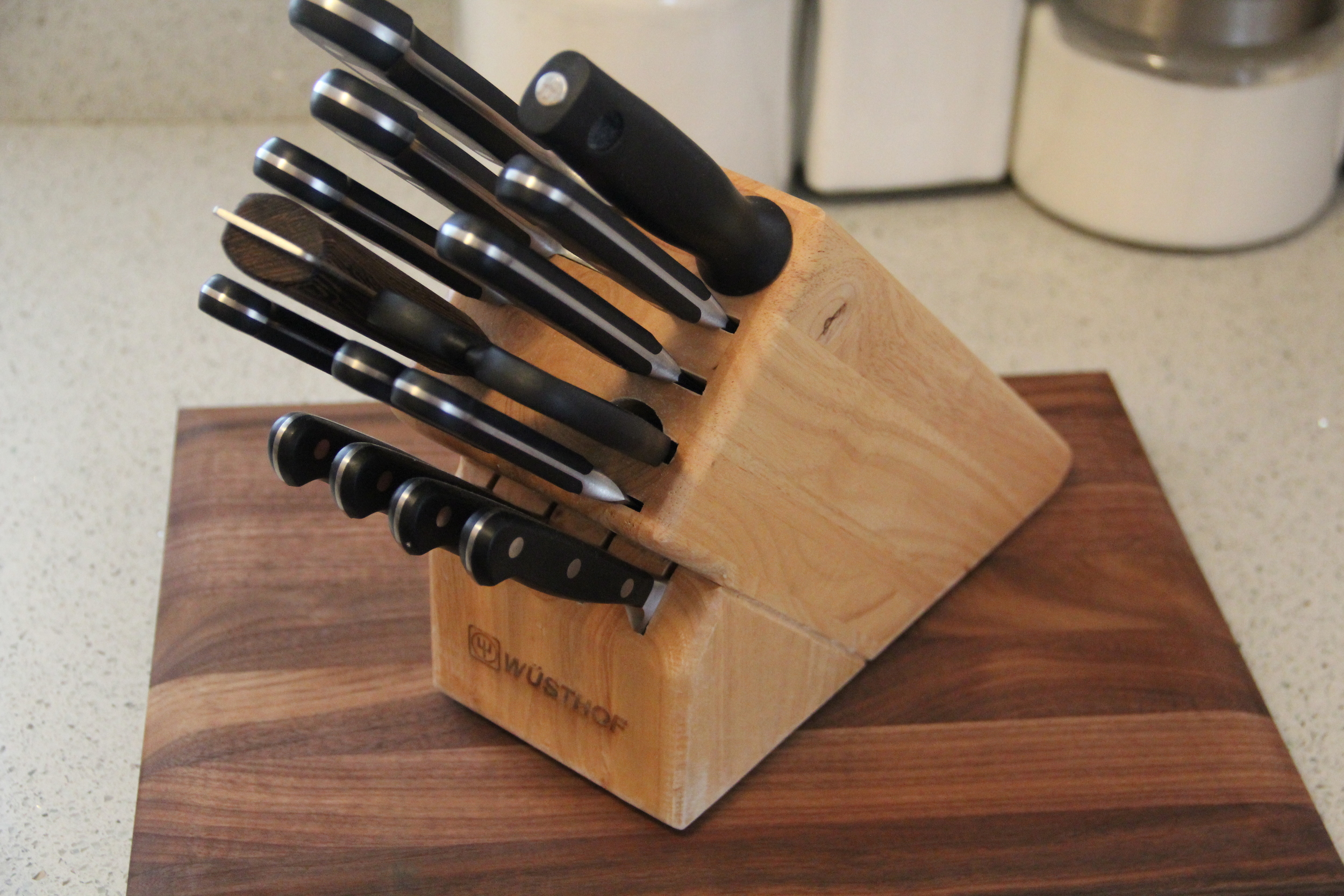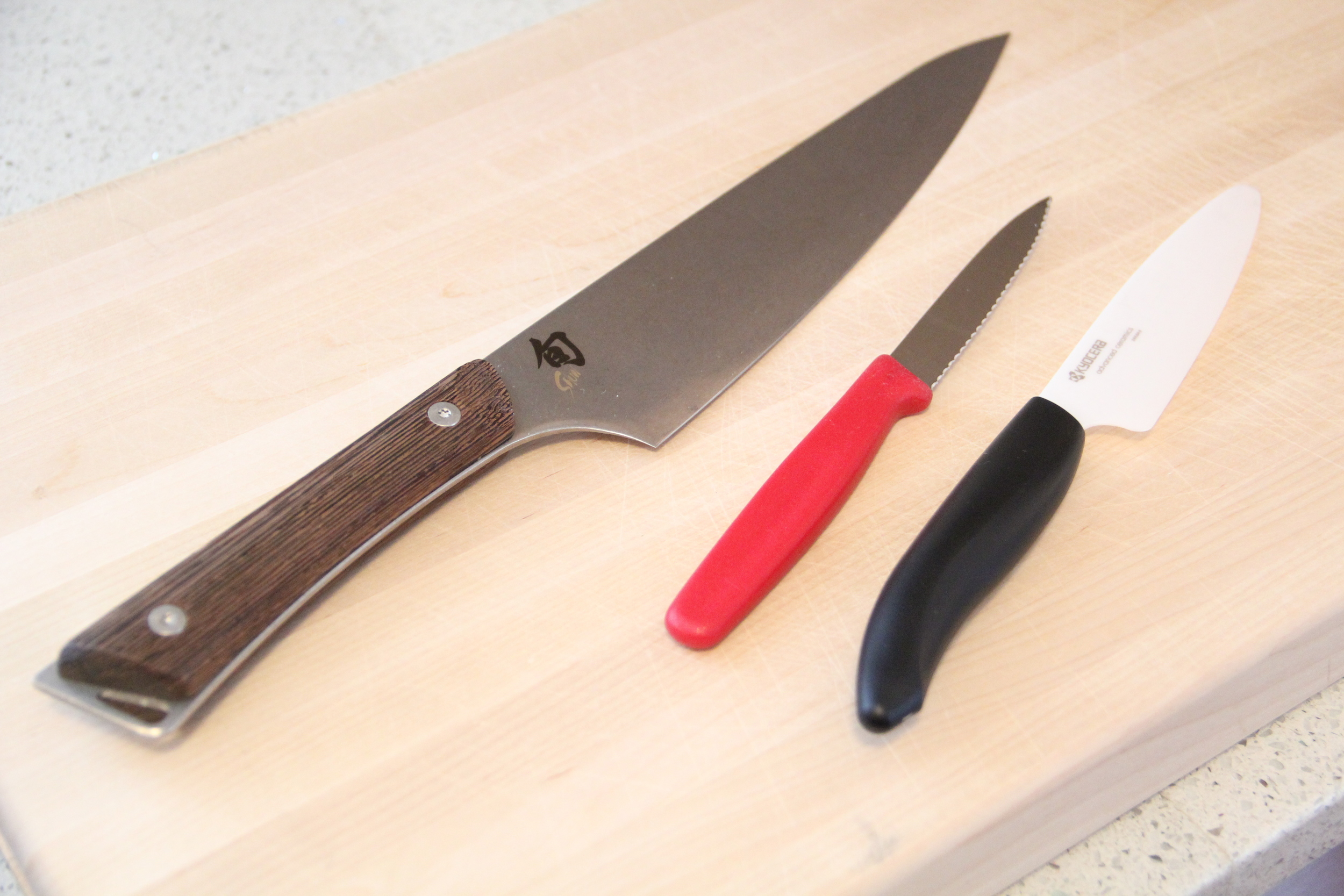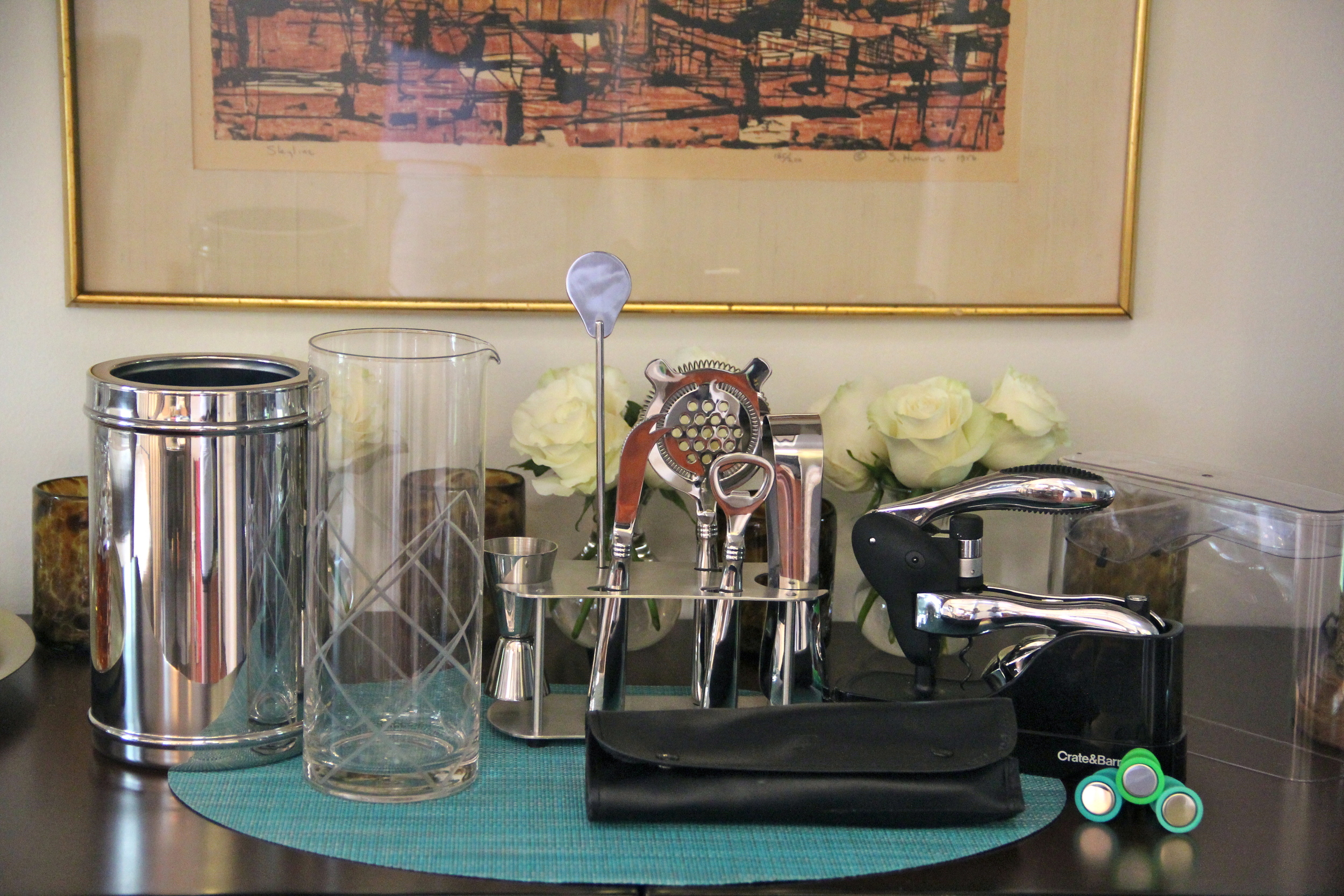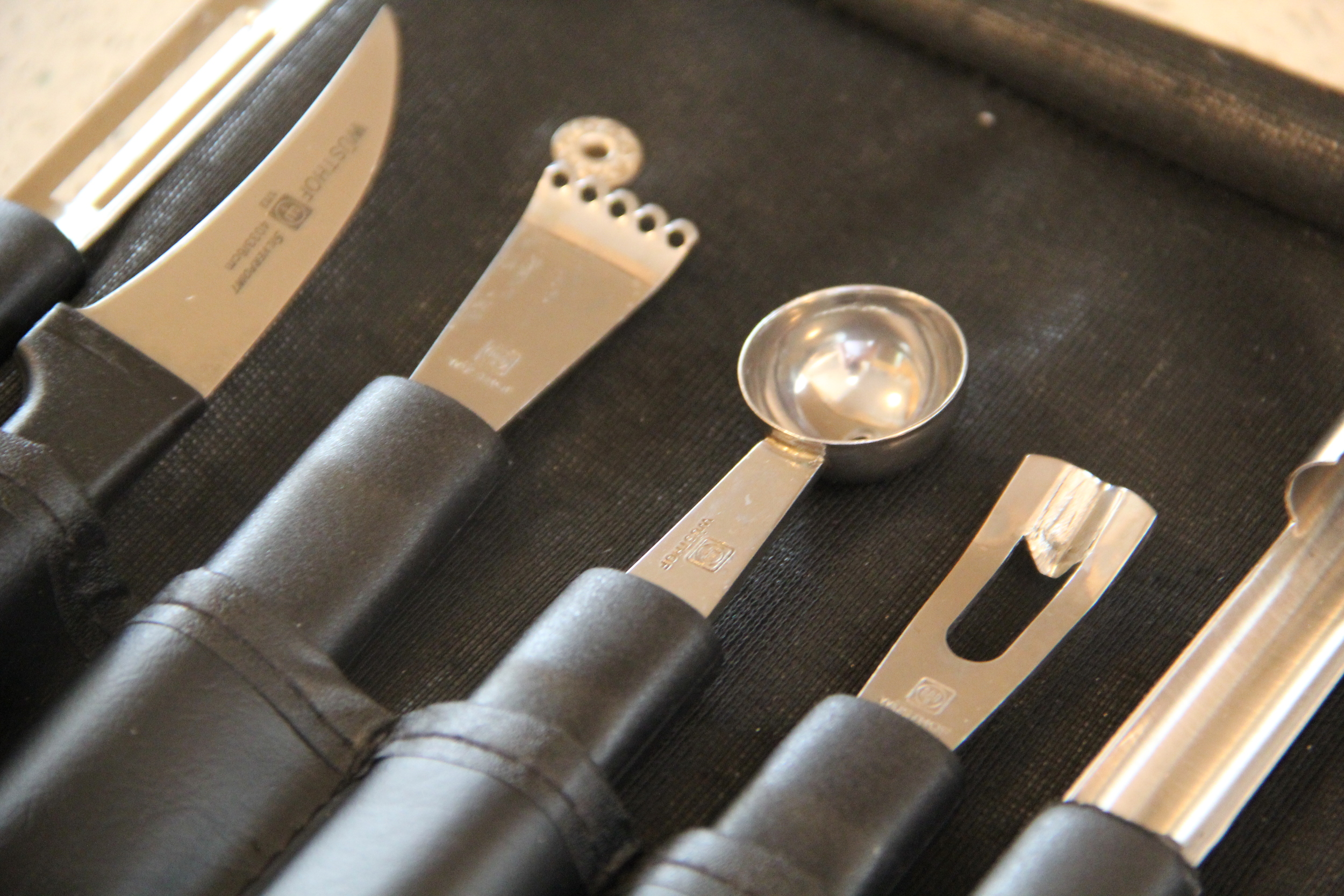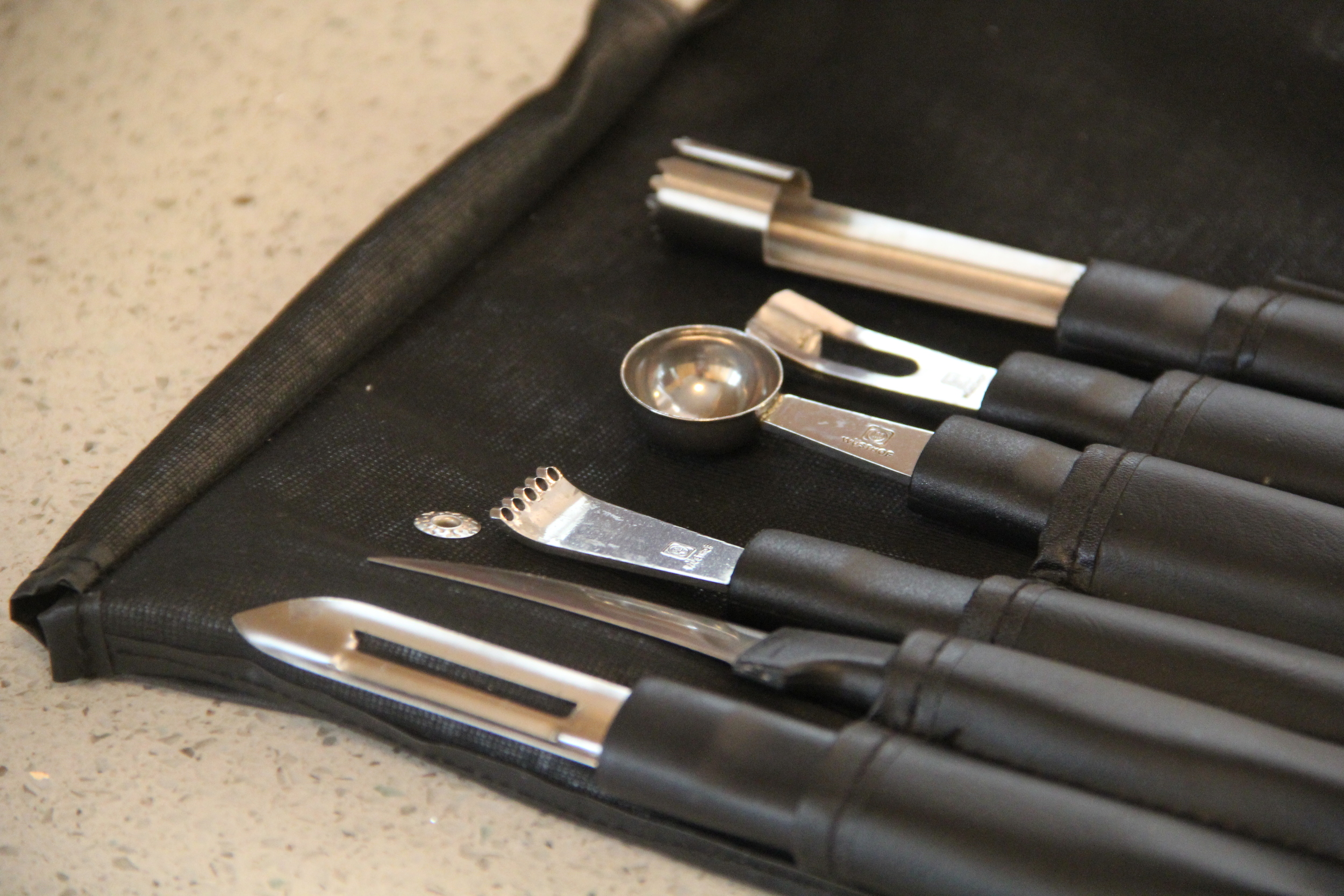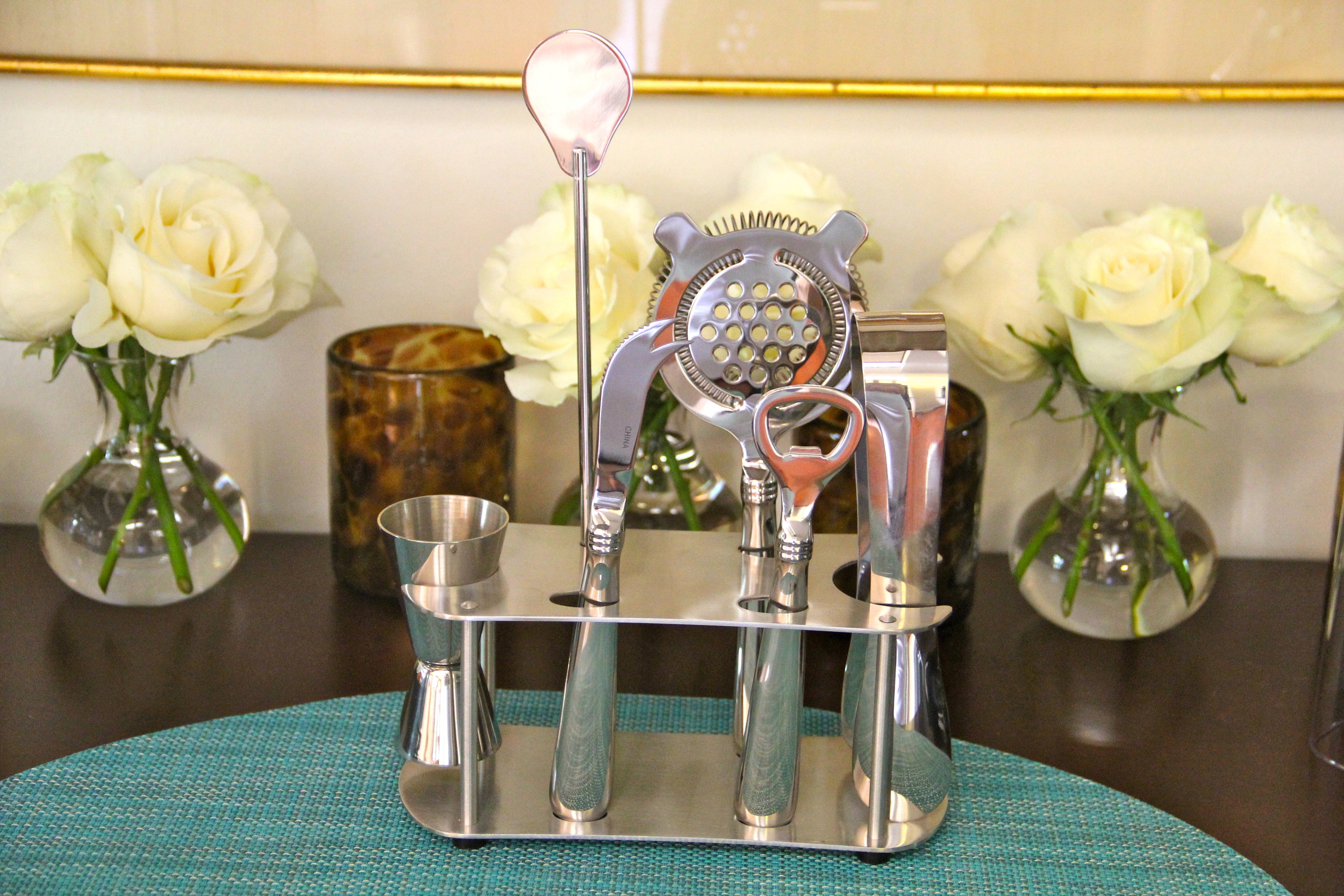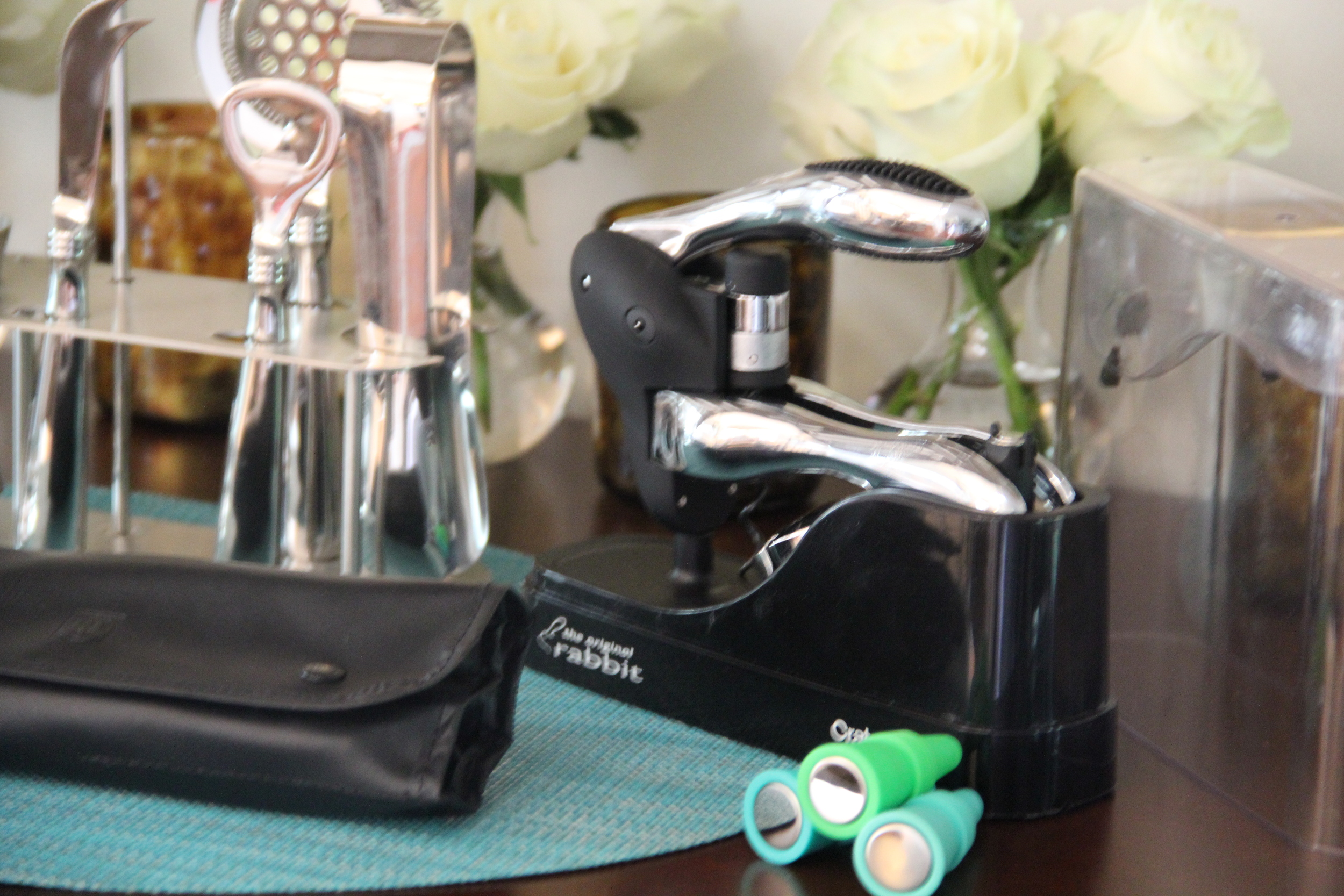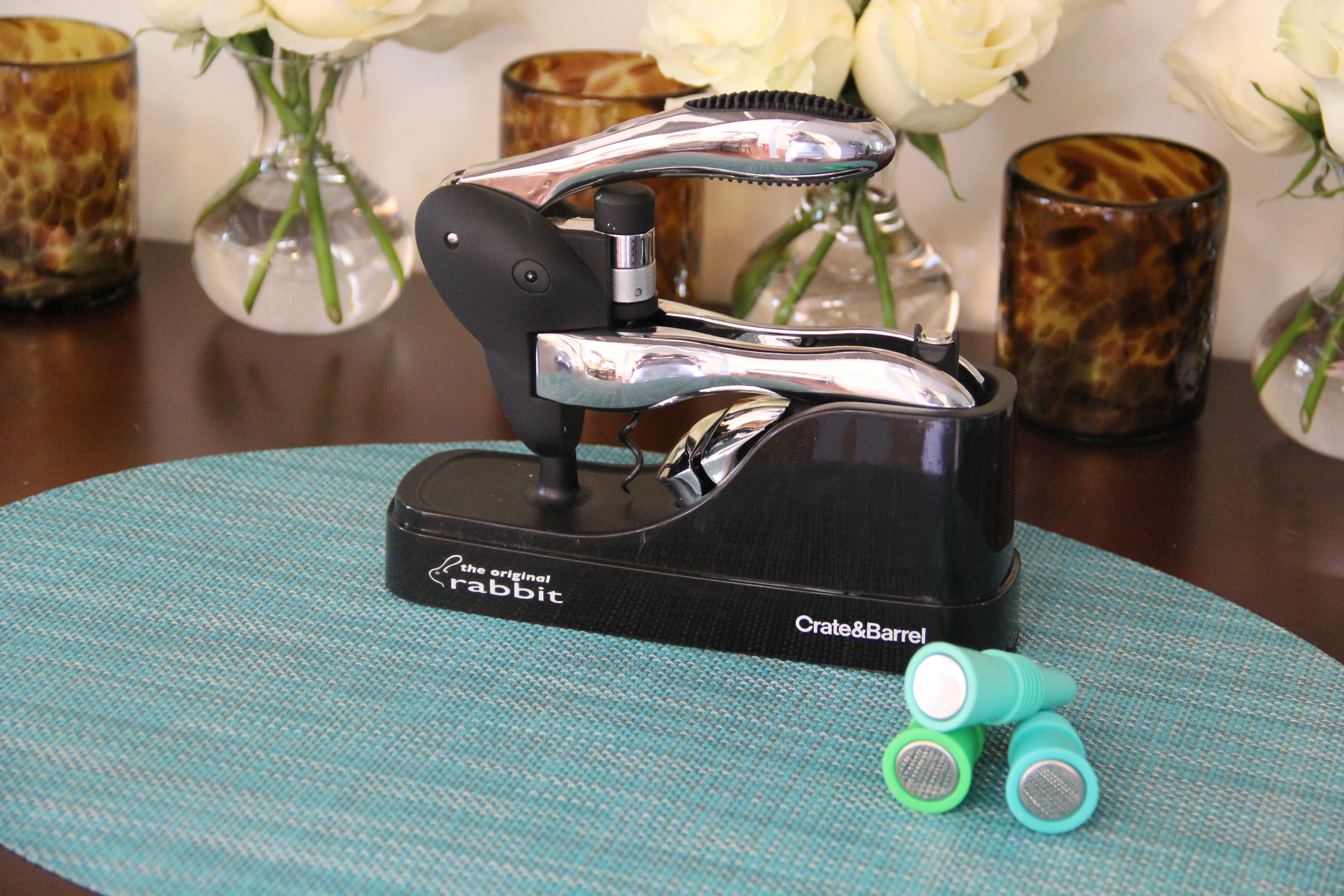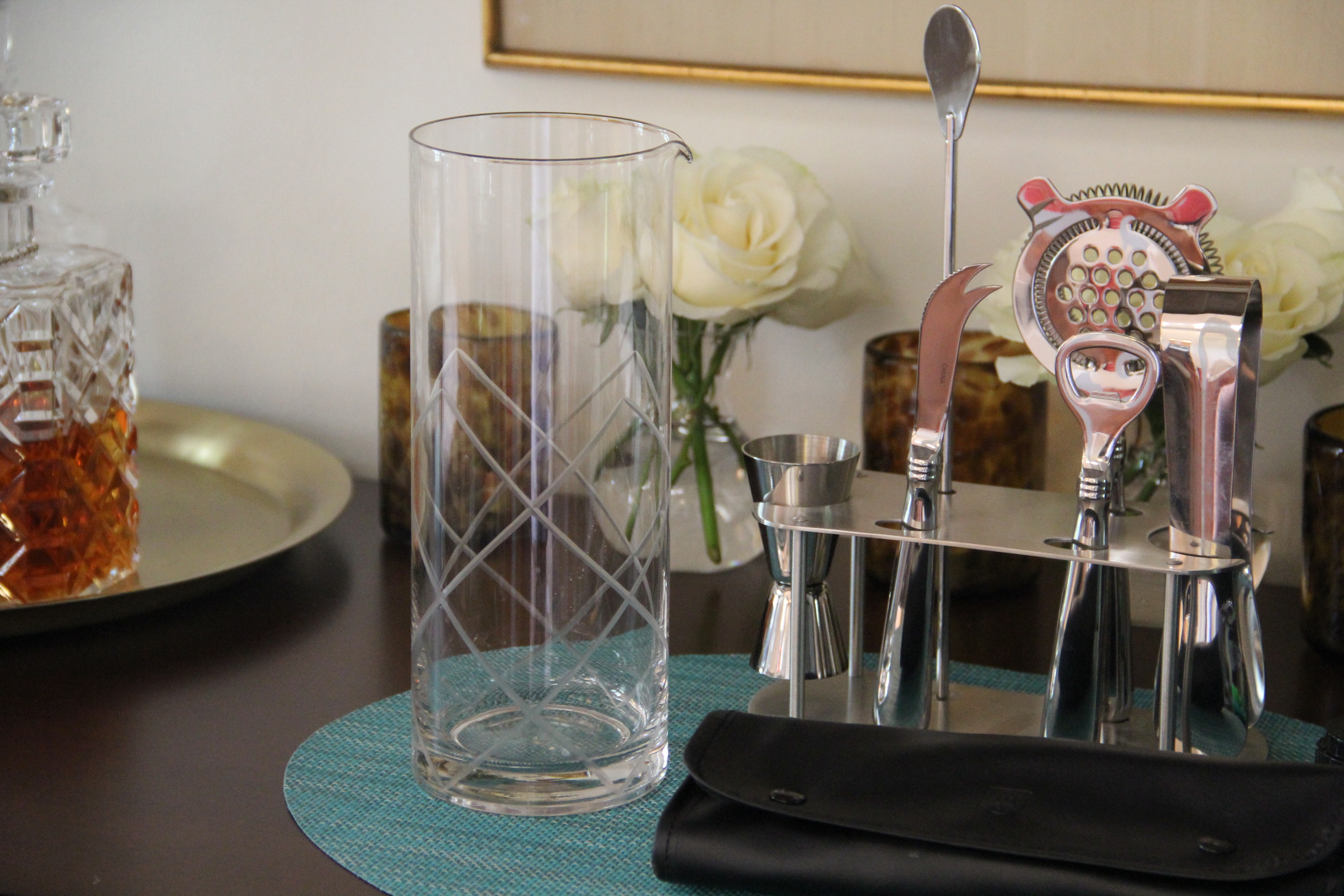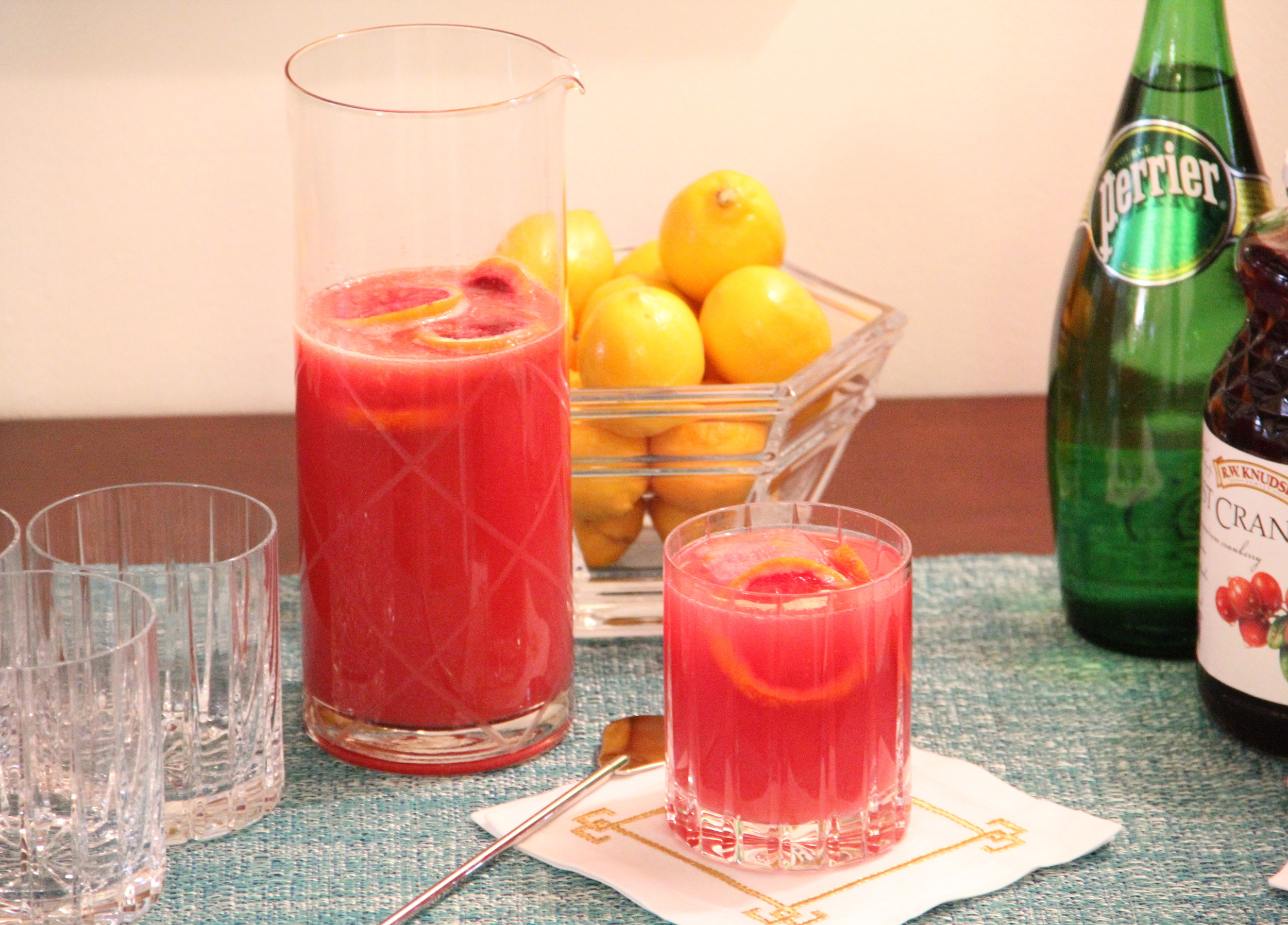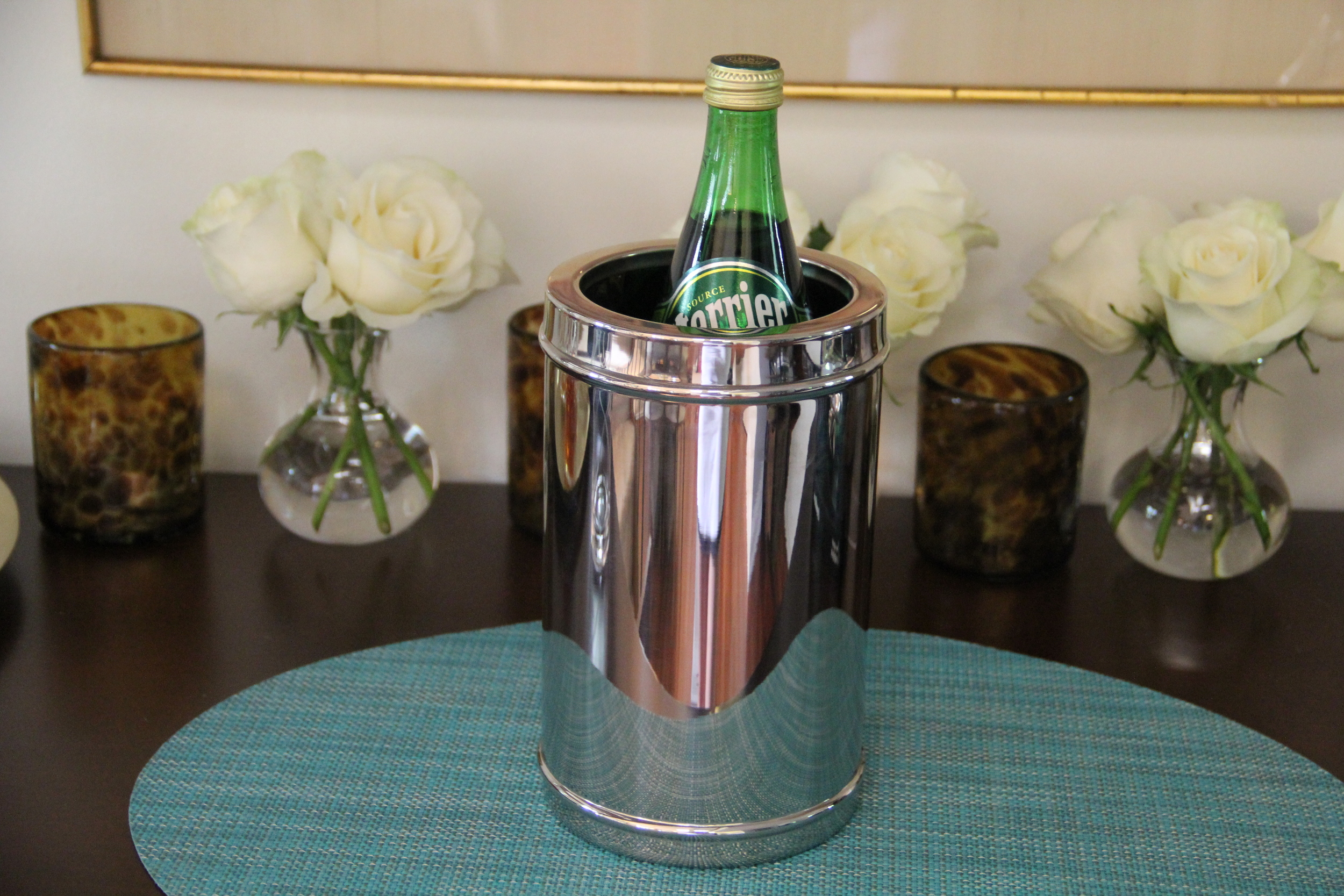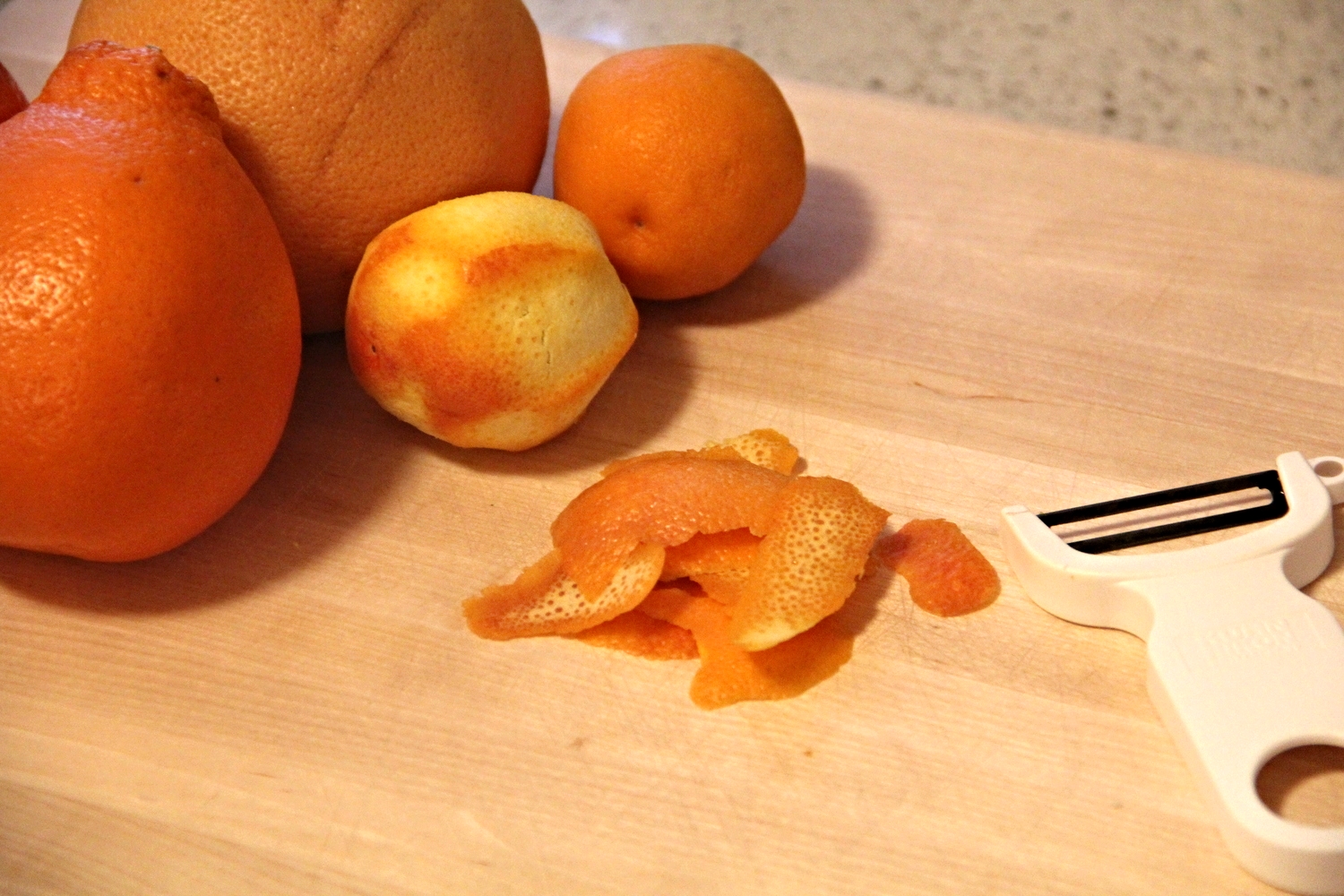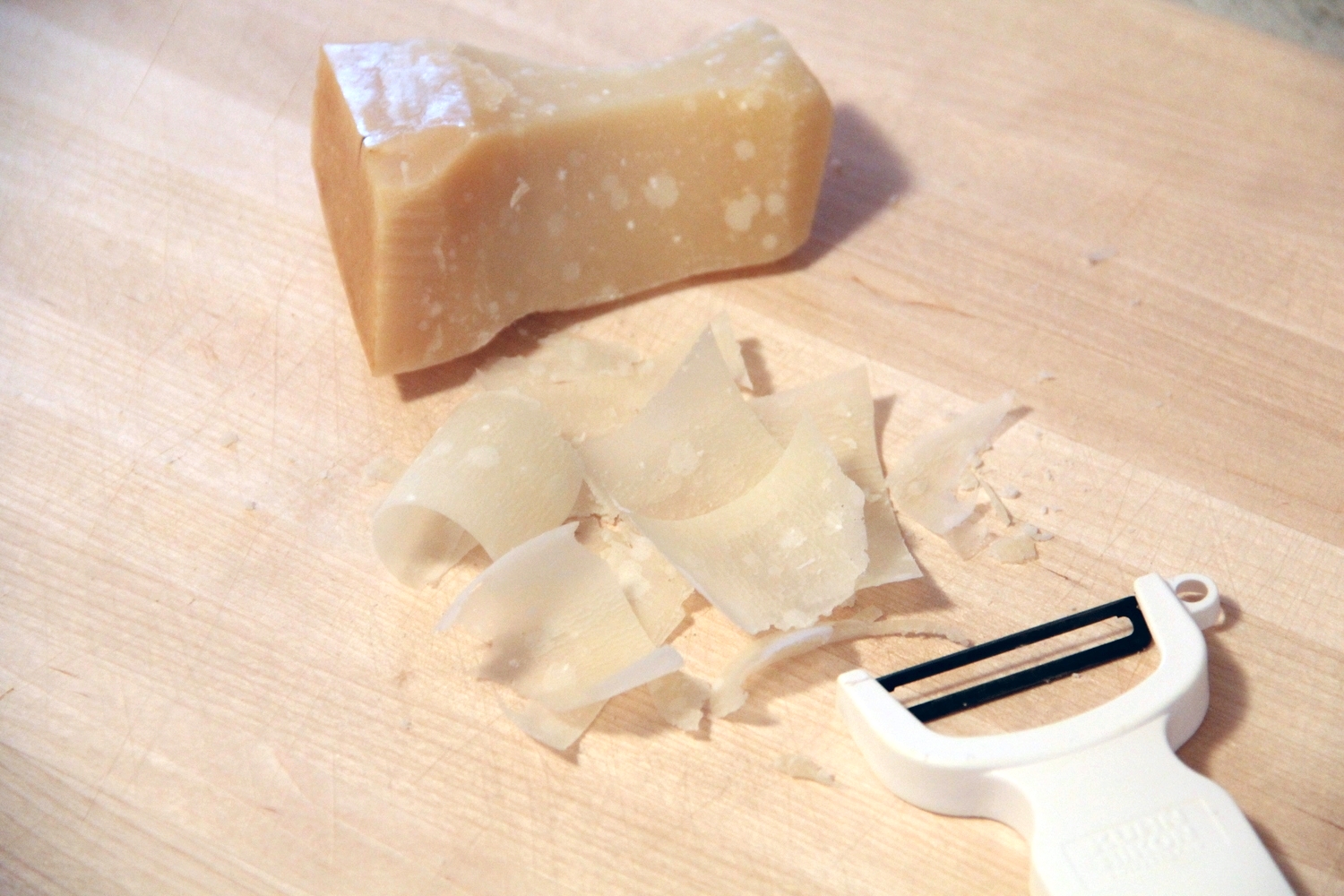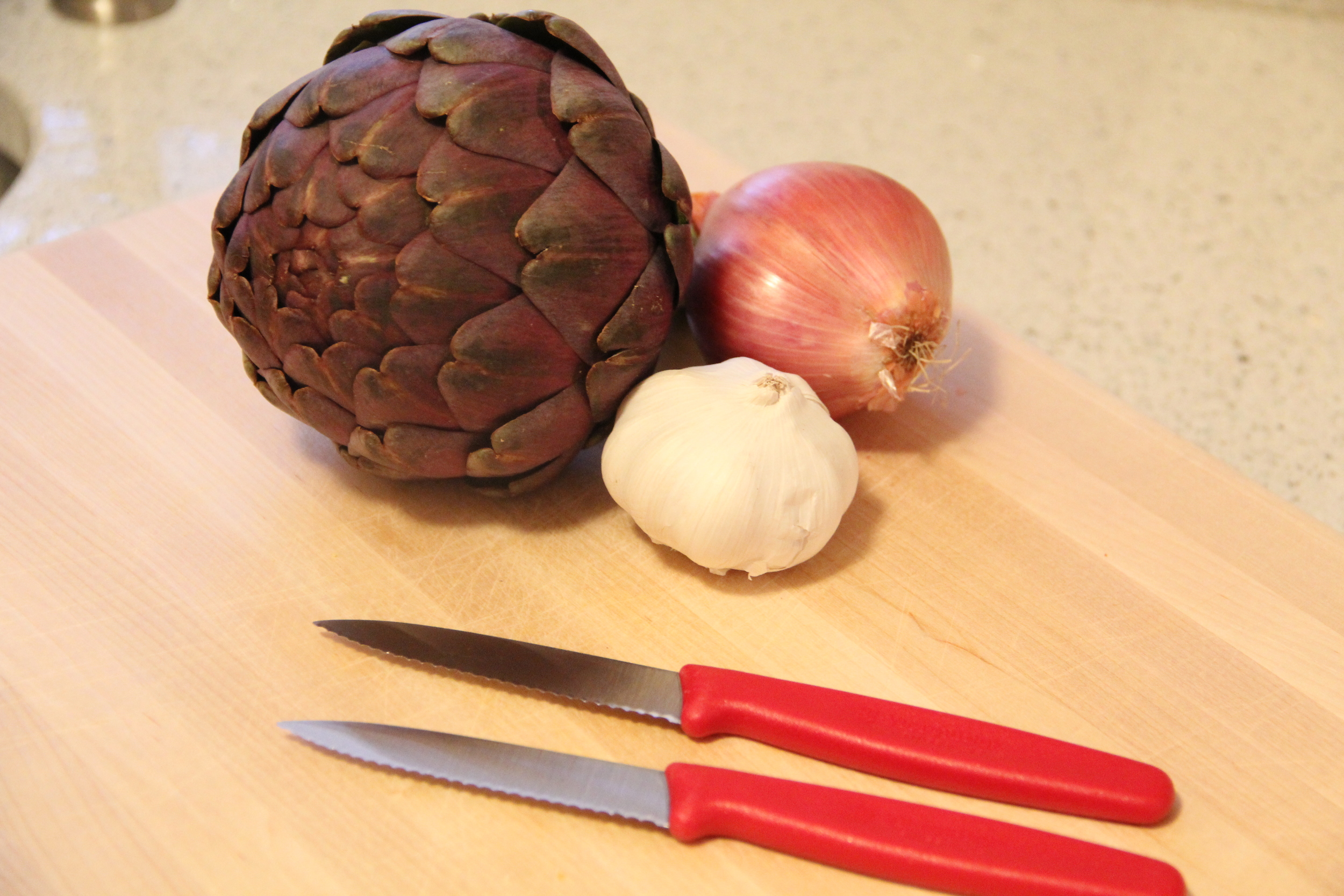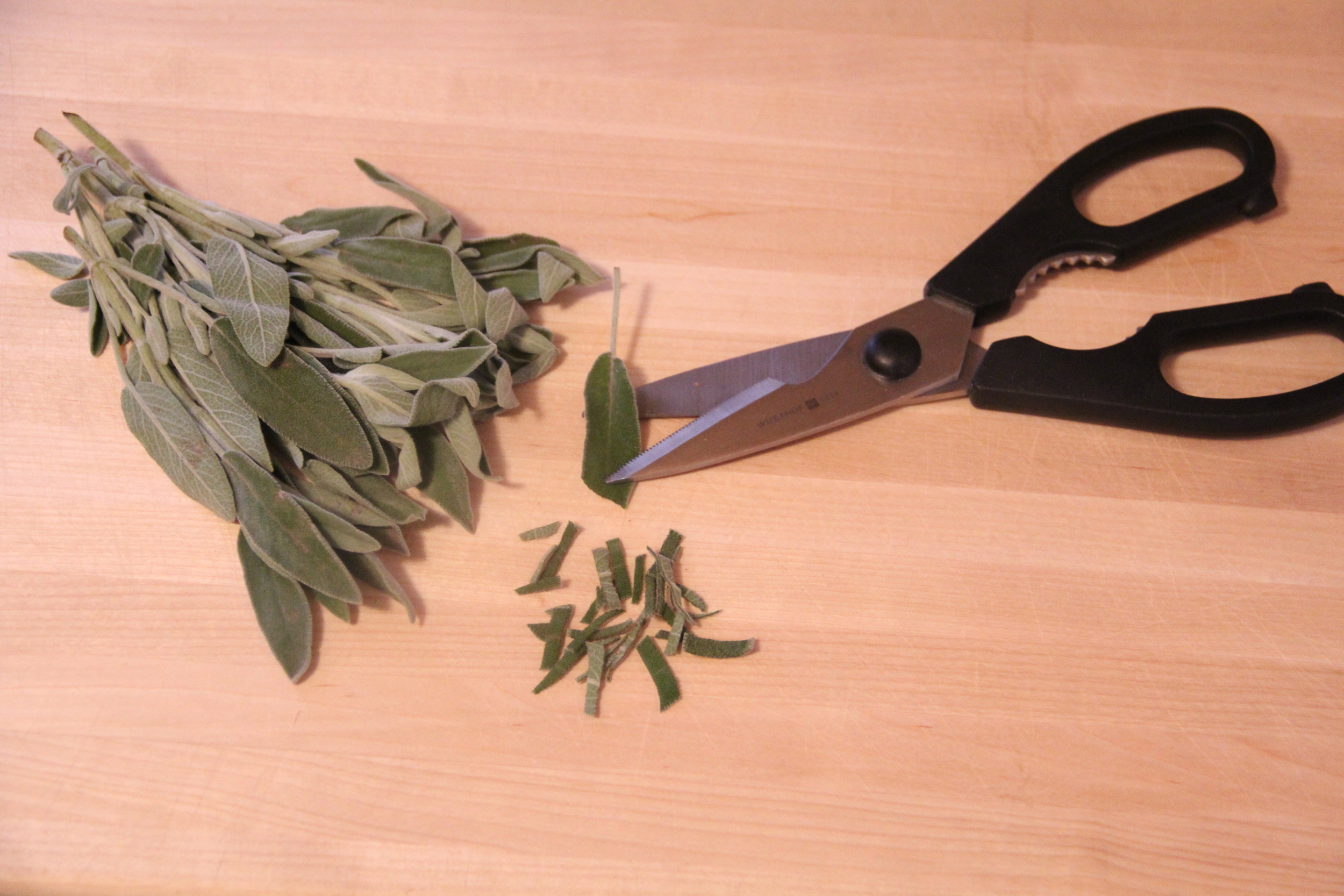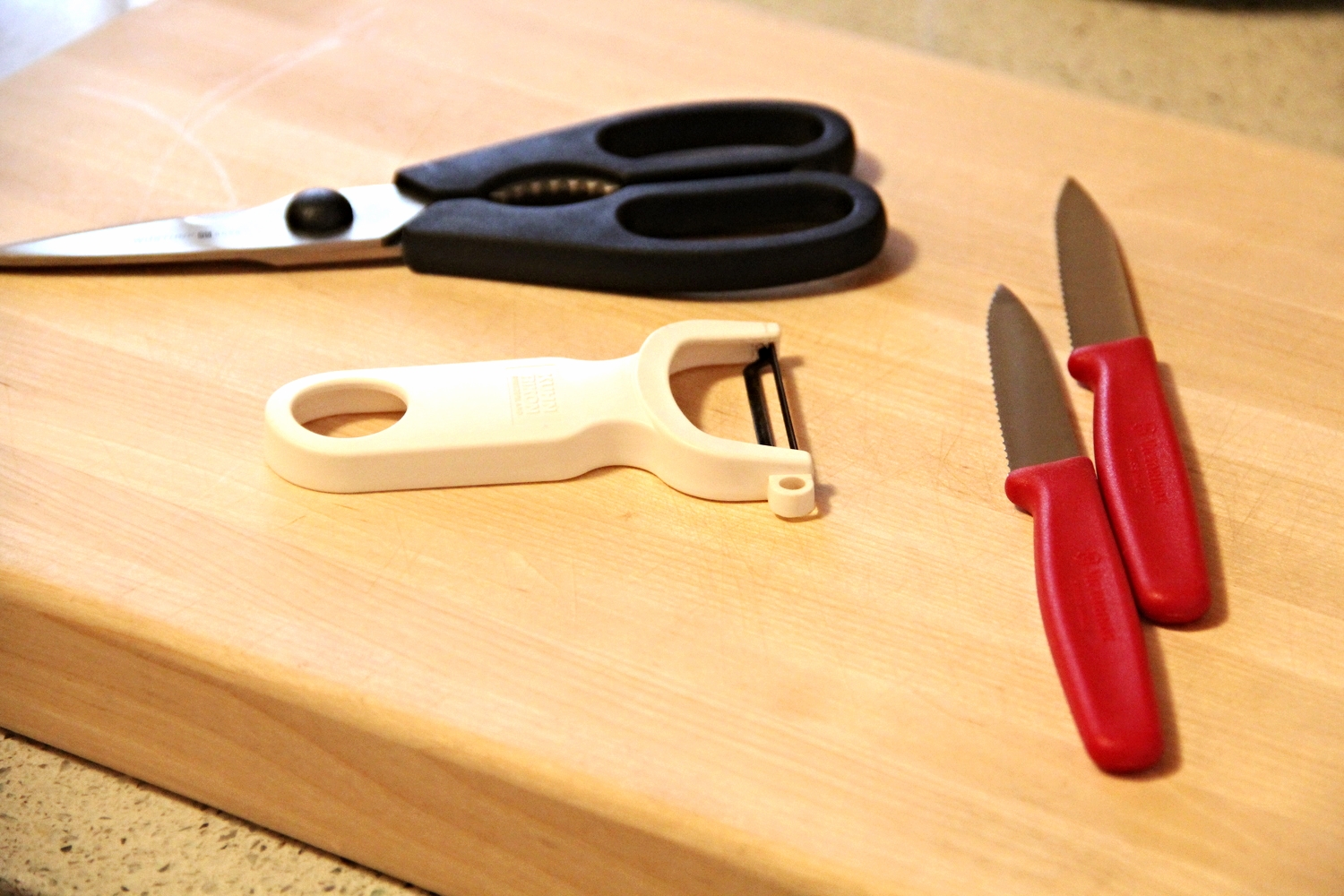If you ask any professional chef what kitchen tools are most essential, kitchen cutlery will most likely rank at the top of their list. Reason being? There is so much in the world of cooking that can be accomplished with a good quality knife! For today's post, I wanted to share my guide to kitchen knife 101 with you all. I will run through the essentials for any knife block, my tips for basic knife care and a few of my personal favorite kitchen knives. Kitchen knives are a huge part of cooking, so it's important to be empowered with the necessary information regarding the basics of kitchen cutlery to ensure that you are set up for culinary success!
Knife Block Essentials
- Paring Knives- knives with 3inch blades. These knives give you the most flexibility for peeling, coring, cutting and shaping various fruits and vegetables. I recommend having both serrated paring knife and straight paring knife.
- Chef's Knife- a large knife (either 6", 8" or 10" blade) known to be the most versatile. Traditionally used for slicing firm vegetables, mincing garlic, crushing spices, etc.
- Slicing Knife- a blade that is at least 10" long and used to slice fruits very thin, as well as both raw and cooked meats.
- Santoku Knives- I recommend having both 5" and a 7" Santoku knife. This style knife is thinner than a chefs knife, making it ideal for easily slicing those tougher vegetables and chopping produce with great precision.
- Steak Knives- I recommend having at least 8 steak knives. These knives are ideal for single use when cutting through tougher entree meats (such as beef or pork).
- Serrated Knife (aka Bread Knife)- This knife has a long scalloped blade that slices easily and cleanly through hard crusts as well as tender crumbs.
- Honing Steel- this metal rod is used to realign or reset the knife blade after each use. Note- a common misperception is that the honing rod is used for sharpening, when in fact it is not a sharpening tool.
- Kitchen Shears- used for finely/precisely chopping herbs and even cutting up an entire chicken! A good pair of kitchen shears is essential for any cutlery set.
Caring for Your Kitchen Knives
- Always hand wash your kitchen knives (both blade and handle) after each use. Never use the dishwasher to clean your knives as they tend to dull the blades and warp the knife handles.
- Always dry your knives really well post wash and prior to storing.
- Have your knives sharpened a few times a year.
- Store your knives in either a knife block or drawer storage. If knives bang into each other while being stored, the blades can become damaged.
My Personal Favorites
- Shun Kanso Chef's Knife 8"- Attempting to chop up a butternut squash used to be a nightmare! True story- I have actually broken knife blades in the process of dicing squash. It wasn't until this past summer, when I was introduced to the Shun Kanso Chef's Knife that I finally realized squash prep work didn't have to be that laborious. This knife easily glides through even the toughest of vegetables and has made food prep an absolute pleasure!
- Kyocera 4.5" Utility Blade Ceramic Knife - This knife has been featured in my August Kitchen Tools post and now again in this post because it really IS that fabulous! Never in my life would I have thought that a knife would be able to slice tomatoes paper thin until I came across this knife. When it comes to slicing soft produce with great precision, nothing beats this fabulous piece of cutlery.
- Victorinox Serrated Paring Knife- This is another knife that has been featured as a kitchen tool of the month and for good reason! It cuts like a dream, costs less than $10.00 and is the only knife I know of that can go in the dishwasher time after time without ever going dull!
While this is only the tip of the iceberg when it comes to everything there is to know about kitchen cutlery, I feel that this post should provide you with a great knowledge base. For those of you who might be looking to further your kitchen cutlery education, I highly recommend checking out these three resources:



